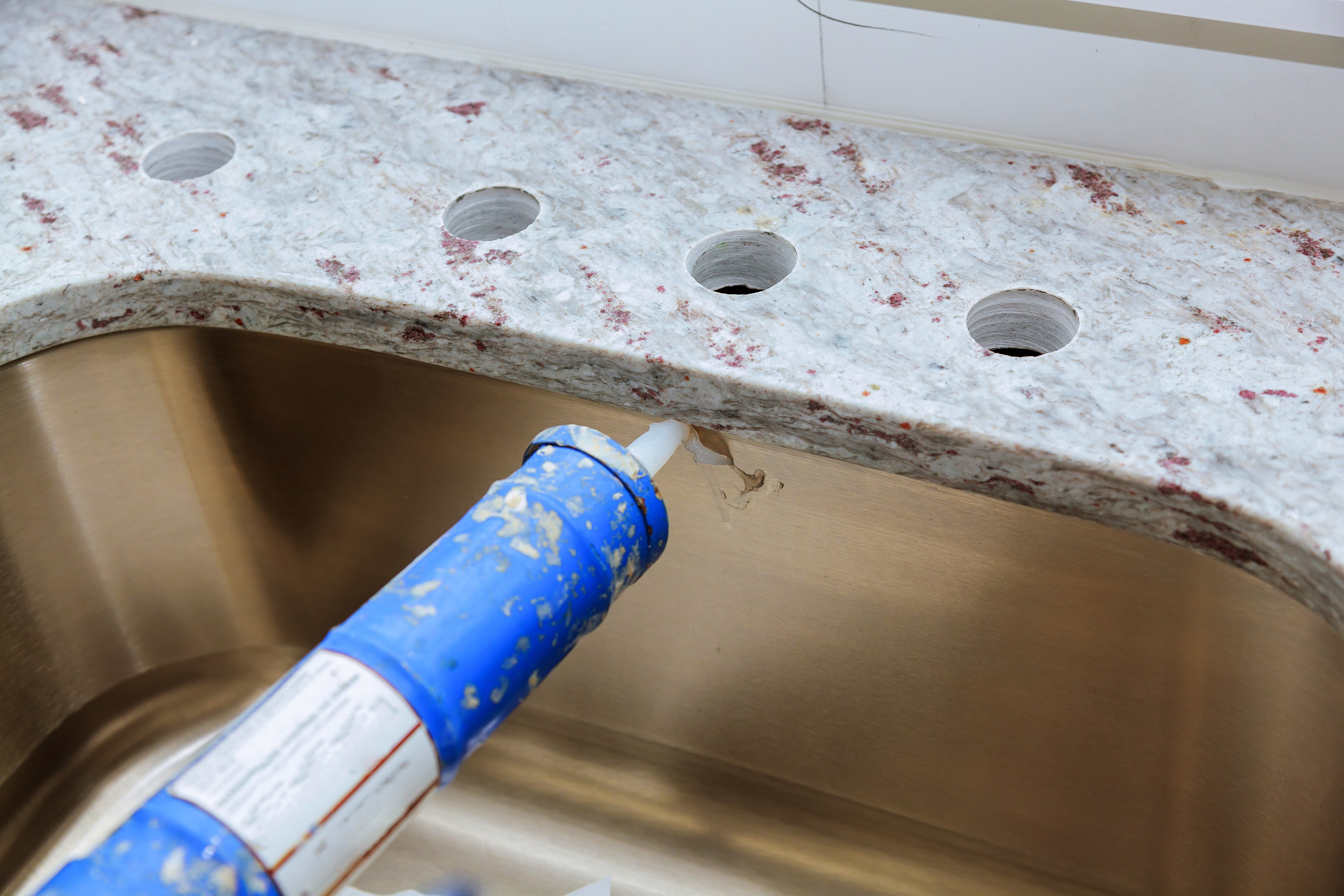Sink Removal and Preparation

Replace undermount bathroom sink – Removing an undermount sink requires careful planning and execution to avoid damage to the countertop or plumbing fixtures. Here’s a step-by-step guide to ensure a safe and efficient removal process.
Replacing an undermount bathroom sink requires attention to detail, including its pop-up drain. A bathroom sink pop-up drain here offers insights into selecting and installing the right pop-up drain for your undermount sink. With the proper pop-up drain in place, your undermount bathroom sink will function seamlessly, ensuring a stylish and functional bathroom space.
Necessary Tools and Materials
- Adjustable wrench
- Screwdriver
- Plumber’s putty
- Bucket or container for water
- Rags or towels
Detaching the Sink
Begin by disconnecting the water supply lines using the adjustable wrench. Place a bucket or container beneath the connections to catch any water. Use a screwdriver to remove the mounting brackets or clips that secure the sink to the countertop. Carefully lift the sink out of the countertop, supporting its weight evenly.
Replacing an undermount bathroom sink can be a challenging task, but it can also be an opportunity to upgrade your bathroom’s storage and style. By installing a shelf above the bathroom sink , you can add extra space for toiletries, towels, or decorative items.
This will not only make your bathroom more functional but also give it a more polished look. Once you have replaced the sink and installed the shelf, you will have a bathroom that is both stylish and practical.
Disconnecting Plumbing Fixtures, Replace undermount bathroom sink
Once the sink is detached, disconnect the drain assembly. Use the adjustable wrench to loosen the nuts or bolts that hold the drain in place. Remove the drain assembly and any connected pipes. If there is a garbage disposal, disconnect it from the sink and drain.
Sink Installation

Installing the new undermount sink requires precision and attention to detail. By following these steps, you can ensure a watertight and aesthetically pleasing installation.
Before beginning, gather the necessary tools and materials, including plumber’s putty, a utility knife, a level, and a caulk gun.
Applying Plumber’s Putty
- Roll out a rope of plumber’s putty about 1/4 inch in diameter and long enough to form a continuous bead around the sink’s rim.
- Apply the putty to the underside of the sink’s rim, pressing it firmly into place to create a watertight seal.
Positioning the Sink
- Carefully lift the sink into place and align it with the countertop opening.
- Use a level to ensure that the sink is level both front to back and side to side.
Securing the Sink
- Once the sink is positioned correctly, apply a bead of silicone caulk around the perimeter of the sink’s rim, where it meets the countertop.
- Smooth the caulk with your finger or a caulk tool to create a watertight seal.
- Allow the caulk to cure according to the manufacturer’s instructions.
Plumbing Connections: Replace Undermount Bathroom Sink

Plumbing is a crucial aspect of replacing an undermount bathroom sink, as it ensures proper drainage and water supply. This section will guide you through the process of connecting the plumbing fixtures to your new sink.
Drain Assembly Attachment
- Inspect the drain assembly and ensure it fits snugly into the drain hole on the sink.
- Apply a thin layer of plumber’s putty around the rim of the drain assembly.
- Position the drain assembly over the drain hole and press down firmly.
- Tighten the mounting nut underneath the sink to secure the assembly.
- Attach the drain pipe to the drain assembly and secure it with a slip nut.
Water Supply Line Connection
- Turn off the water supply to the sink.
- Disconnect the old water supply lines from the sink.
- Install new compression washers onto the ends of the water supply lines.
- Hand-tighten the water supply lines to the corresponding water valves on the sink.
- Use a wrench to tighten the connections further, but avoid overtightening.
Garbage Disposal Installation (if applicable)
- Position the garbage disposal flange over the drain hole in the sink.
- Apply a bead of silicone sealant around the flange.
- Insert the garbage disposal into the flange and secure it with the mounting screws.
- Connect the dishwasher drain hose to the garbage disposal.
- Plug the garbage disposal into an electrical outlet.
Common Plumbing Issues and Troubleshooting
During the plumbing connection process, you may encounter some common issues. Here are a few tips for troubleshooting:
- Leaks: If you notice any leaks, check the tightness of all connections and apply additional plumber’s putty or Teflon tape as needed.
- Clogged drain: If the drain is not draining properly, use a drain snake or chemical drain cleaner to clear any blockages.
- Water hammer: If you hear a banging sound when you turn on or off the water, install water hammer arrestors on the water supply lines.